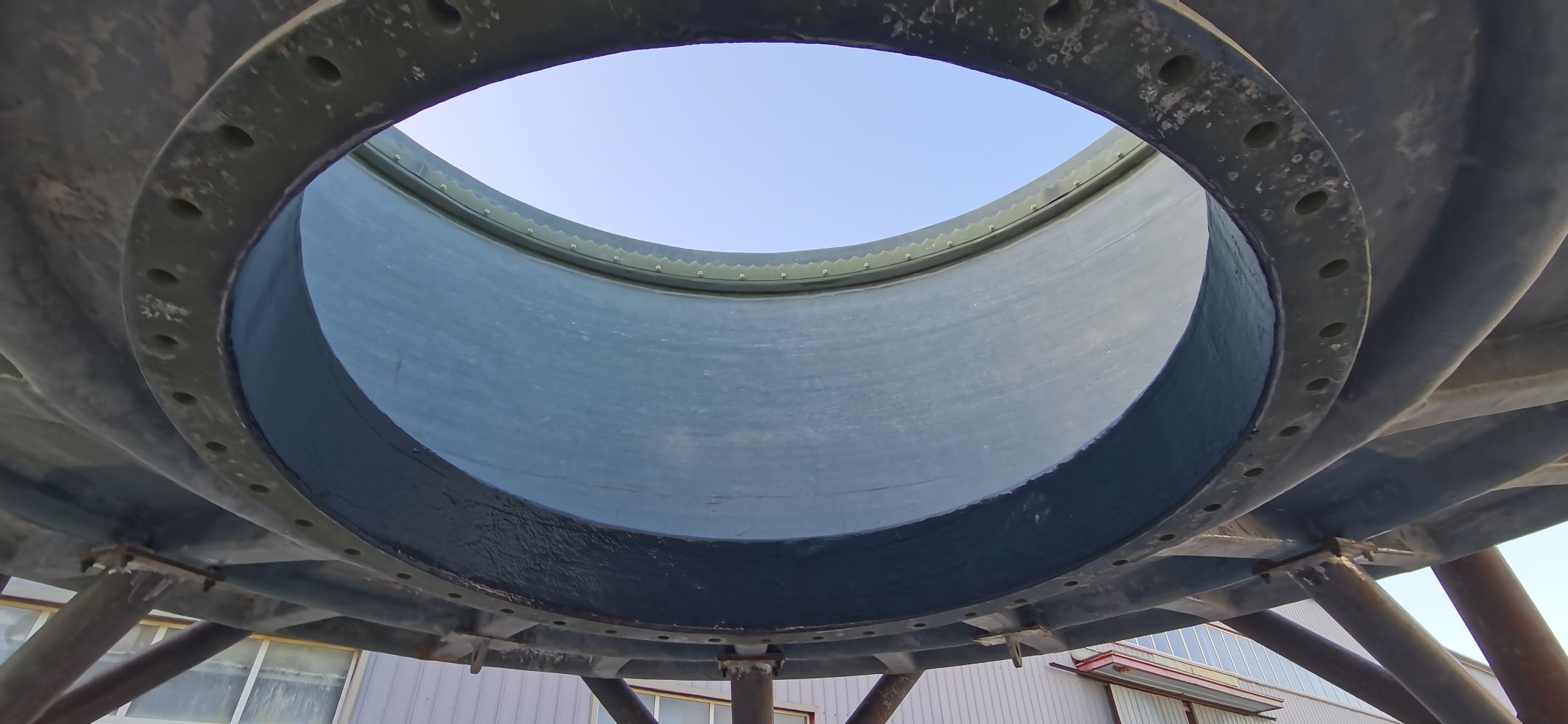
-
 Afrikaans
Afrikaans -
 Albanian
Albanian -
 Amharic
Amharic -
 Arabic
Arabic -
 Armenian
Armenian -
 Azerbaijani
Azerbaijani -
 Basque
Basque -
 Belarusian
Belarusian -
 Bengali
Bengali -
 Bosnian
Bosnian -
 Bulgarian
Bulgarian -
 Catalan
Catalan -
 Cebuano
Cebuano -
 China
China -
 China (Taiwan)
China (Taiwan) -
 Corsican
Corsican -
 Croatian
Croatian -
 Czech
Czech -
 Danish
Danish -
 Dutch
Dutch -
 English
English -
 Esperanto
Esperanto -
 Estonian
Estonian -
 Finnish
Finnish -
 French
French -
 Frisian
Frisian -
 Galician
Galician -
 Georgian
Georgian -
 German
German -
 Greek
Greek -
 Gujarati
Gujarati -
 Haitian Creole
Haitian Creole -
 hausa
hausa -
 hawaiian
hawaiian -
 Hebrew
Hebrew -
 Hindi
Hindi -
 Miao
Miao -
 Hungarian
Hungarian -
 Icelandic
Icelandic -
 igbo
igbo -
 Indonesian
Indonesian -
 irish
irish -
 Italian
Italian -
 Japanese
Japanese -
 Javanese
Javanese -
 Kannada
Kannada -
 kazakh
kazakh -
 Khmer
Khmer -
 Rwandese
Rwandese -
 Korean
Korean -
 Kurdish
Kurdish -
 Kyrgyz
Kyrgyz -
 Lao
Lao -
 Latin
Latin -
 Latvian
Latvian -
 Lithuanian
Lithuanian -
 Luxembourgish
Luxembourgish -
 Macedonian
Macedonian -
 Malgashi
Malgashi -
 Malay
Malay -
 Malayalam
Malayalam -
 Maltese
Maltese -
 Maori
Maori -
 Marathi
Marathi -
 Mongolian
Mongolian -
 Myanmar
Myanmar -
 Nepali
Nepali -
 Norwegian
Norwegian -
 Norwegian
Norwegian -
 Occitan
Occitan -
 Pashto
Pashto -
 Persian
Persian -
 Polish
Polish -
 Portuguese
Portuguese -
 Punjabi
Punjabi -
 Romanian
Romanian -
 Russian
Russian -
 Samoan
Samoan -
 Scottish Gaelic
Scottish Gaelic -
 Serbian
Serbian -
 Sesotho
Sesotho -
 Shona
Shona -
 Sindhi
Sindhi -
 Sinhala
Sinhala -
 Slovak
Slovak -
 Slovenian
Slovenian -
 Somali
Somali -
 Spanish
Spanish -
 Sundanese
Sundanese -
 Swahili
Swahili -
 Swedish
Swedish -
 Tagalog
Tagalog -
 Tajik
Tajik -
 Tamil
Tamil -
 Tatar
Tatar -
 Telugu
Telugu -
 Thai
Thai -
 Turkish
Turkish -
 Turkmen
Turkmen -
 Ukrainian
Ukrainian -
 Urdu
Urdu -
 Uighur
Uighur -
 Uzbek
Uzbek -
 Vietnamese
Vietnamese -
 Welsh
Welsh -
 Bantu
Bantu -
 Yiddish
Yiddish -
 Yoruba
Yoruba -
 Zulu
Zulu
Creating Effective Strategies for GRP Duct System Optimization and Management
Understanding GRP Duct A Comprehensive Overview
GRP duct, or Glass Reinforced Plastic ducting, has increasingly gained popularity in various industries due to its unique properties and advantages. This material, composed of a resin matrix reinforced with glass fibers, offers exceptional durability, corrosion resistance, and lightweight characteristics that make it a preferred choice for airflow and ventilation systems.
Properties of GRP Duct
One of the key attributes of GRP ducting is its lightweight nature. Compared to traditional materials such as metal or concrete, GRP is significantly easier to handle and install. This can lead to reduced labor costs and shorten installation times, an advantage that is highly valued in construction and engineering projects. Moreover, the inherent strength of the material allows it to withstand high pressure and extreme temperatures, making it suitable for demanding environments.
Corrosion resistance is another critical property of GRP ducting. In industries such as chemical processing or wastewater treatment, ducts are often exposed to aggressive environments. Traditional materials may succumb to rust or degradation, leading to costly repairs or replacements. In contrast, GRP ducts do not corrode, ensuring a longer lifespan and reliable operation. This durability translates into lower lifecycle costs, as maintenance needs are minimized over time.
Applications of GRP Duct
The versatility of GRP ducting enables its use across various applications. In the HVAC (Heating, Ventilation, and Air Conditioning) sector, GRP ducts are employed for air distribution in commercial and industrial buildings. Their smooth interior surfaces enhance airflow efficiency, reducing energy consumption and operating costs associated with ventilation systems.
grp duct

In the realm of wastewater management, GRP ducting is utilized for transporting liquids and gases. Its resistance to chemical attacks makes it ideal for sewage systems where contact with corrosive substances is common. Additionally, GRP is frequently used in cooling towers and power plants, where reliability and performance are paramount under high-pressure conditions.
Sustainability and Environmental Impact
As the world increasingly focuses on sustainability, GRP ducting presents some environmentally friendly advantages. Being lightweight, it requires less energy to transport, resulting in lower carbon emissions during delivery. Additionally, GRP's long service life means fewer materials are consumed over time, aligning with sustainability goals.
Furthermore, advancements in GRP manufacturing processes have led to the development of recyclable versions of the material. This innovation is critical in addressing the growing concern of waste management in construction and industrial sectors. By utilizing recyclable GRP ducts, companies can contribute to a circular economy, minimizing environmental impact.
Conclusion
In summary, GRP duct stands out as an innovative solution for modern infrastructure needs. Its combination of durability, lightweight properties, and corrosion resistance makes it an ideal choice for a variety of applications, from HVAC systems to wastewater management. As industries continue to seek sustainable alternatives, the use of GRP ducting is likely to expand, solidifying its position as a vital component in engineering and construction. Whether considering new installations or upgrades to existing systems, GRP duct offers a reliable and efficient option for today’s demanding environments. With continual advancements in technology and materials science, the future of GRP ducting looks bright, promising even greater efficiency and sustainability in the years to come.
Latest news
-
Exploring the Benefits of Top Hammer Drifter Rods for Enhanced Drilling PerformanceNewsJun.10,2025
-
High-Precision Fiberglass Winding Machine for GRP/FRP Pipe Production – Reliable & Efficient SolutionsNewsJun.10,2025
-
FRP Pipes & Fittings for Shipbuilding - Corrosion-Resistant & LightweightNewsJun.09,2025
-
Premium FRP Flooring Solutions Durable & Slip-ResistantNewsJun.09,2025
-
Premium Fiberglass Rectangular Tanks Durable & Lightweight SolutionNewsJun.09,2025
-
Tapered Drill String Design Guide Durable Performance & UsesNewsJun.09,2025









